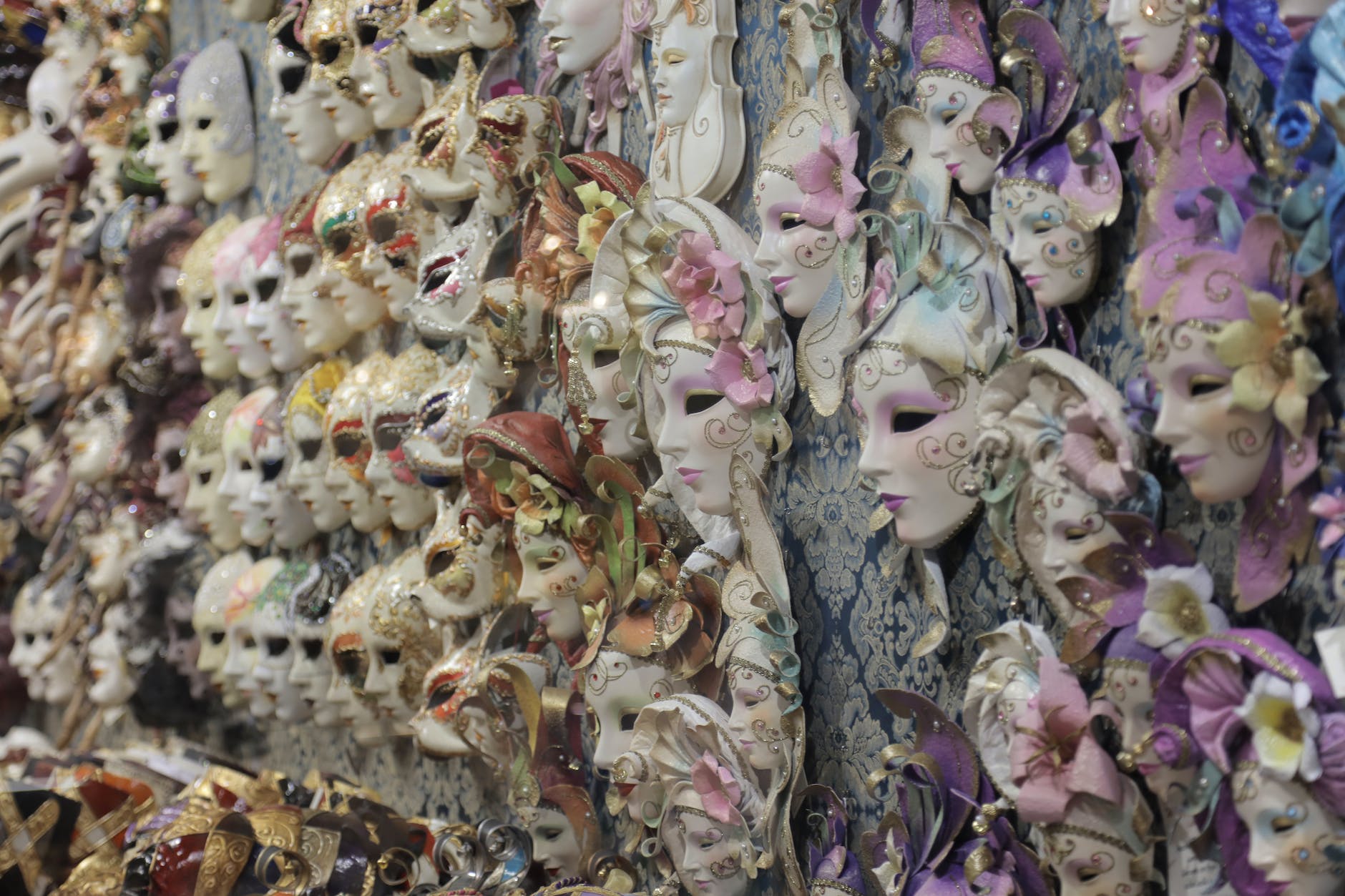For centuries, seers, shamans, artists, and writers alike have been inspired and entertained by the mind-altering capacities of psychedelic substances. Today, the narrative is no different. Psychedelic substances such as LSD, psilocybin (magic mushrooms), and DMT still play a significant role in the world of creativity, often credited as the secret catalyst to enhanced artistic expression and abundant artistic inspiration. Recent neuroscientific studies have further augmented the hypothesis of a strong connection between psychedelics and creativity, although the exact nature of this relation remains elusive.
The allure of psychedelics for creatives seems heavily anchored in their unique ability to foster an altered perception of reality. Psychedelic experiences often involve a distortion of space and time, intense visuals, synesthesia (cross-wiring of senses, like ‘seeing’ sounds or ‘hearing’ colors), and a dissolution of self-boundaries. These experiences, although often challenging to articulate verbally, can manifest visually through art forms. They enable the individual to communicate their immersive experience and the resulting profound insights, making art not merely a by-product of the psychedelic experience but an integral part of the powerful process.
Several successful artists, writers, and musicians credit a significant part of their creative process to the use of such compounds. The Beatles, Jimi Hendrix, and Steve Jobs are a few famous figures who have openly discussed their psychedelic experiments and consequent creativity surge. Most notably, a lot of surrealist art – characterized by its dreamy, bizarre, and fantastical elements, bears a striking resemblance to the psychedelic headspace.
Emerging research in the field of psychedelic science seems to substantiate these anecdotal reports. Psychedelic substances appear to precipitate a hyper-connected brain state, dissolving the usual boundaries between different areas of the brain. Researchers at Imperial College London found that under the influence of psychedelics such as psilocybin, brain regions that don’t typically communicate with each other begin to synchronize their activity, resulting in increased overall connectivity. This could explain why psychedelic users often report experiences of heightened creativity.
Interestingly, these substances do not merely induce a transient state of enhanced creativity during the period of intoxication, but their influence seems to extend beyond, often resulting in a sustained increase in openness and creativity. After-effects of psychedelic experiences, often referred to as the “afterglow”, have been associated with persistent positive changes in personality traits like openness to experience, optimism, and creativity. A study conducted by Johns Hopkins University unearthed that even a single high-dose psilocybin session could provoke enduring increases in the personality domain of ‘openness’, crucial for innovative thinking and creativity.
While these findings paint a promising picture of psychedelics as enhancers of artistic expression, the use of these substances is not without caution. Set and setting, the individual’s mindset, and the environment play a significant role in shaping the psychedelic experience. In the wrong setting or with a negative mindset, psychedelic experiences can be quite challenging and possibly result in harmful outcomes.
Moreover, the exact collateral of psychedelics on creativity is complex and heavily subjective. It is also worth noting that psychedelics are not a necessary condition for creativity; many prolific artists have never indulged in these substances and yet have made substantial contributions to the arts.
In conclusion, while the altered perception under psychedelics may enhance artistic expression and facilitate the creative process in myriad ways, they are by no means the only road to creativity. The relationship between psychedelics and creativity is complex and multifaceted, warranting further exploration. As research continues, psychedelics may offer an additional gateway to creative pathways and a broader understanding of the human mind, thereby reforming our relationship with these ancient substances.
Sources:
• Neuroscientific studies
• Altered perception
• Psychedelic experiences
• Enhanced artistic expression
• Artistic inspiration





